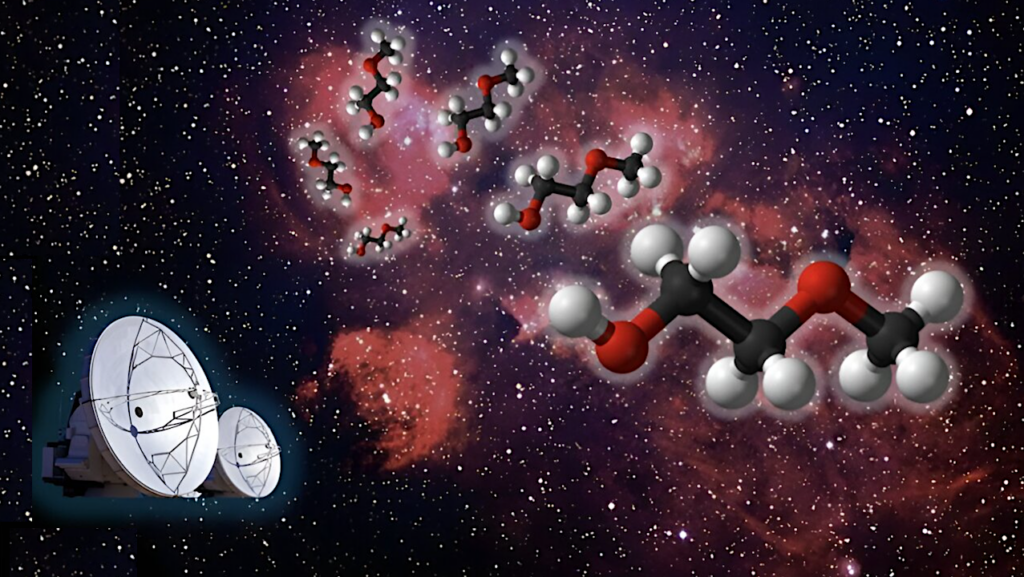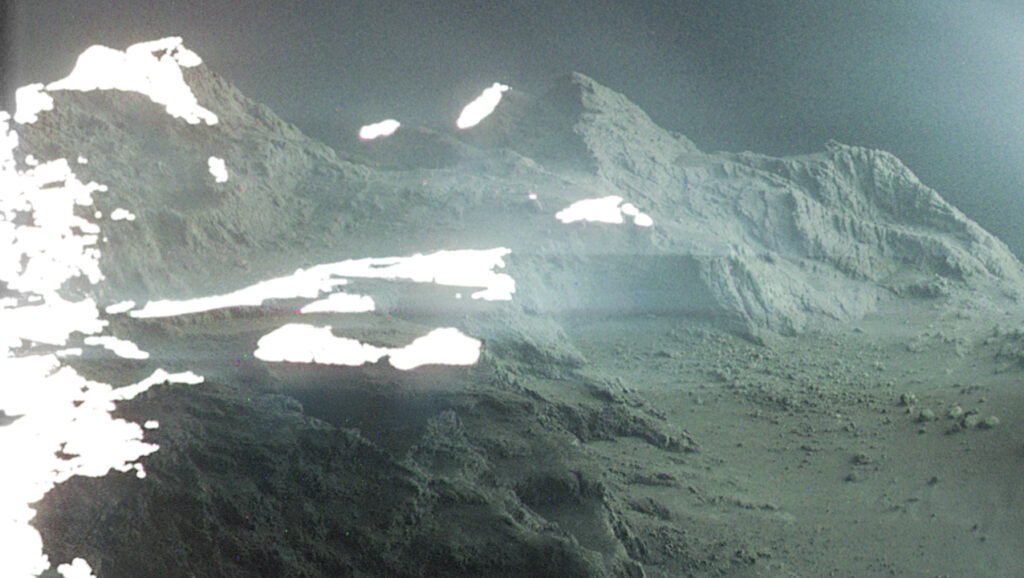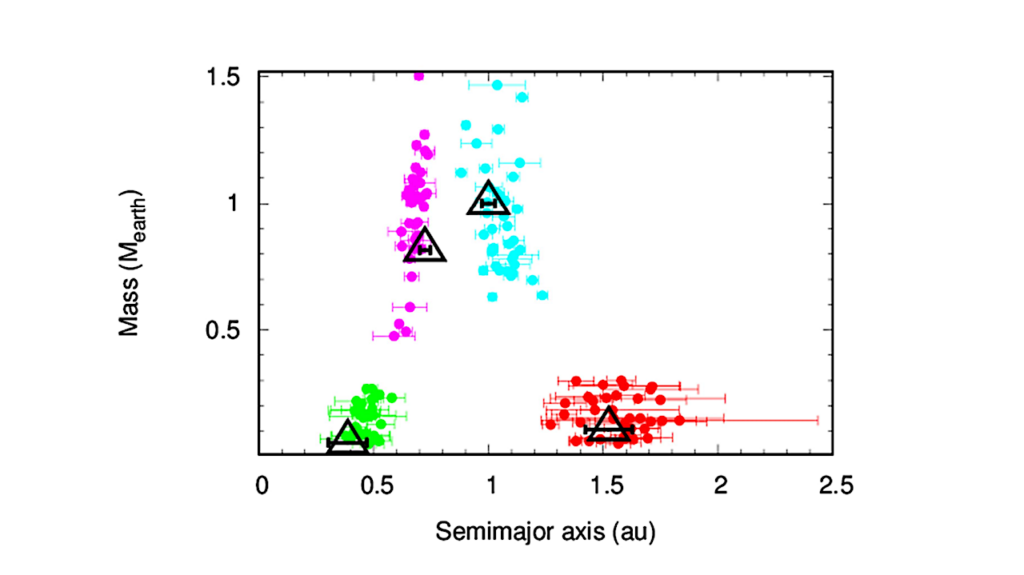Formation Of The Simplest Amide In Molecular Clouds: Formamide (NH2CHO) And Its Derivatives In H2O-rich And CO-rich Interstellar Ice Analogs Upon VUV Irradiation

The astronomical detection of formamide (NH2CHO) toward various star-forming regions and in cometary material implies that the simplest amide might have an early origin in dark molecular clouds at low temperatures.
Laboratory studies have proven the efficient NH2CHO formation in interstellar CO:NH3 ice analogs upon energetic processing. However, it is still under debate, whether the proposed radical-radical recombination reactions forming complex organic molecules remain valid in an abundant H2O environment.
The aim of this work was to investigate the formation of NH2CHO in H2O- and CO-rich ices under conditions prevailing in molecular clouds. Therefore, different ice mixtures composed of H2O:CO:NH3 (10:5:1), CO:NH3 (4:1), and CO:NH3 (0.6:1) were exposed to vacuum ultraviolet photons in an ultra-high vacuum chamber at 10 K. Fourier-transform infrared spectroscopy was utilized to monitor in situ the initial and newly formed species as a function of photon fluence.
The infrared spectral identifications are complementarily secured by a temperature-programmed desorption experiment combined with a quadrupole mass spectrometer. The energetic processing of CO:NH3 ice mixtures mainly leads to the NH2CHO formation, along with its chemical derivatives such as isocyanic acid (HNCO) and cyanate ion (OCN−). The formation kinetics of NH2CHO shows an explicit dependency on ice ratios and compositions; the highest yield is found in H2O-rich ice. The astronomical relevance of the resulting reaction network is discussed.
K.-J. Chuang, C. J\{“a}ger, S.A. Krasnokutski, D. Fulvio, Th. Henning
Comments: 16 pages, 6 figures, 2 tables
Subjects: Astrophysics of Galaxies (astro-ph.GA); Solar and Stellar Astrophysics (astro-ph.SR)
Cite as: arXiv:2206.10470 [astro-ph.GA] (or arXiv:2206.10470v1 [astro-ph.GA] for this version)
Submission history
From: Ko-Ju Chuang
[v1] Tue, 21 Jun 2022 15:29:40 UTC (2,519 KB)
https://arxiv.org/abs/2206.10470
Astrobiology,








